Com’on readers…all three of you. If that headline about me sumo wrestling doesn’t pique your interest to read on, I don’t know what will.
But before I get into that, let me just say, today was an amazing day! First, we ate breakfast in the Japanese restaurant in the hotel. The cuisine offered many delicacies we have never tried before, and each dish we sampled was delicious! The textures, the flavors, and even the dishes in the “unknown” category (as we had no clue what they were), were stellar, and I went back for seconds.
After breakfast, Allan and I went for a quick walk around town. One can’t help but notice how immaculate the streets are…not a gum wrapper or coffee cup to be seen blowing around. The people are friendly, helpful, unassuming, polite, and kind. It’s a pleasure to embrace this beautiful country.
We got back in time to meet up with our group for an orientation meeting with our guide Hiro. (Every morning at these meetings, by the way, he will be taking our temperatures before we embark on the day’s activities.) This morning, Hiro explained what we have to look forward to for the rest of the adventure, went over some safety rules, and reviewed what the protocols will be for the various sites we are scheduled to visit. (There apparently is a “shoe etiquette” procedure that we will follow in order to be respectful when taking off our shoes before we enter someone’s home or before entering a shrine. See photo explanation below.)
After our orientation, we boarded a bus to visit an actual sumo wrestling ring, where wrestling bouts are held. The ring itself isn’t that large and with the size of the wrestlers, (over 300 lbs), it doesn’t give much room to fight. The goal is for each wrestler to use different techniques by either forcing his opponent to step out of the ring, or by making him touch the ground with any body part other than the soles of his feet.
The owner of the restaurant, along with a fellow wrestler, welcomed us when we arrived, and after we were seated, they both began demonstrating what sumo wrestling entails, beginning with the ritual of purification. Sumo has been popular in Japan for over 1,000 years. Young children can be recruited by scouts at the age of 12, but they must continue with their schooling until they are 15, before they can leave school and their familes to live in what is called a stable, a place where sumo wrestlers live and train. There are about 44 stables around Japan today, and each one is managed by a former wrestler who was in the top ranked division before his retirement. As of now, there are over 600 wrestlers living and training in these stables across the country.
The wrestlers explained what a typical day is like for them living in the stable: They wake up before 5 am, brush their teeth, wash their faces and then train from 5 am to 11 am, perfecting the techniques needed for the fight. Afterwards, they practice in the ring for another hour, employing the techniques they have just learned. After this rigorous workout, they cook breakfast together, and then they EACH put away about ten pounds (yes…10 POUNDS) of food, equating to over 10,000 calories. The meal consists of chicken, eggs, rice, tofu, vegetables, and carbohydrates, as they are trying to gain the immense weight needed for the sport. Sadly, this obesity can lead to diabetes, which actually is very prevalent among the wrestlers, as are severe injuries. The wrestlers see a doctor for health checkups four times a year. After eating their first meal of the day, they clean up the dishes and then take a bath together. The top ranked wrestlers go into the bath first to wash off the mud from the sumo wrestling ring, and the lower ranked wrestlers wash and scrub their backs. Then, the lower ranked are allowed to enter the baths, but by then, the bath water is pretty dirty.
After bathing, it’s nap time and then more workouts, and at night, they cook and eat their second and final meal of the day, (they only eat two meals each day) consuming another 10 lbs or more of food.
The majority of the wrestlers never make the top division, where they will be paid to fight in the ring with other top ranking wrestlers from other stables, so that people can pay to come and watch the matches. The ones that don’t make top ranking receive a stipend for spending money, which they receive every other month. While living in the stable, all the wrestlers room and board is included. Their life is training. No dating and no thoughts of marriage or children until they finally retire. The goal for the top rated wrestlers is to maintain their ranking in their division, while the lower ranked try hard every day to obtain it.
Sumo wrestling involves an intricate pushing of bodies and grabbing of each other’s loin cloths to knock the weaker wrestler out of the ring. There are many rules, and many different techniques are employed that have been laid out through the centuries. It really is fascinating.
We were invited to try our luck pushing one of the wrestlers over in a match. No one volunteered at first, so of course, I had to get up and try it. I pretended to start to push one of the wrestlers, but then I pointed over his shoulder and yelled, “Look!! What’s that!” and when he started to look, I immediately started to push. He was surprised and laughed, but guess what – this guy was like a tree and he did not move, even after my trickery to catch him off-guard. It was a lot of fun and soon, after my bravery, some others got up to try their luck, again to no avail.
After the demonstration, we sat down to Chanko, prepared especially for us by the wrestlers. It is a hot pot dish which traditionally is consumed by sumo wrestlers to maintain their competitive physique. This hearty soup typically features a chicken broth base, large quantities of protein, and vegetables such as daikon and bok choy. To increase the calorie intake, wrestlers typically pair this meal with large quantities of rice. The Chanko was delicious and I even had second helpings.
We bid farewell to the wrestlers and then the bus took us to the Meiji Shrine located within a beautiful forest. After walking through the lush greenery, we came upon the gateway to the shrine. We bowed before entering the portals to the shrine and then went over to the shrine itself. Our leader showed us how to climb the steps to the shrine, deeply bow two times, clap our hands twice, fold our hands in prayer, silently tell the deity our name (so the deity knows who we are) and then silently tell our petition. Deeply bow one more time before leaving, and quietly walk away. It was a very touching moment.
We drove back to the hotel as darkness descended upon the city, and went for a walk through the streets of Tokyo with our guide. Tokyo reminds me of midtown Manhattan, all the high-end stores like Prada and Versace with their neon lights illuminating the streets. We even stopped in a high-end fruit store that sells very expensive fruit for gift giving. A cantaloupe went for the equivalent of over $200. “Honey, I bought you a cantaloupe for your birthday this year.” “Oh, sweetheart. How did you know that’s exactly what I wanted? It ranks right up there with the vacuum you bought me last year!” 🤪.
All I’m saying…that cantaloupe better be quite tasty!
We walked to a restaurant for a beer and some snacks, compliments of our guide, and then we ordered another beer, and some skewers of pork and chicken, while we sat and enjoyed talking with the group.
It was a little chilly walking back to the hotel. Tomorrow we have a very busy day, so it’s right to bed.
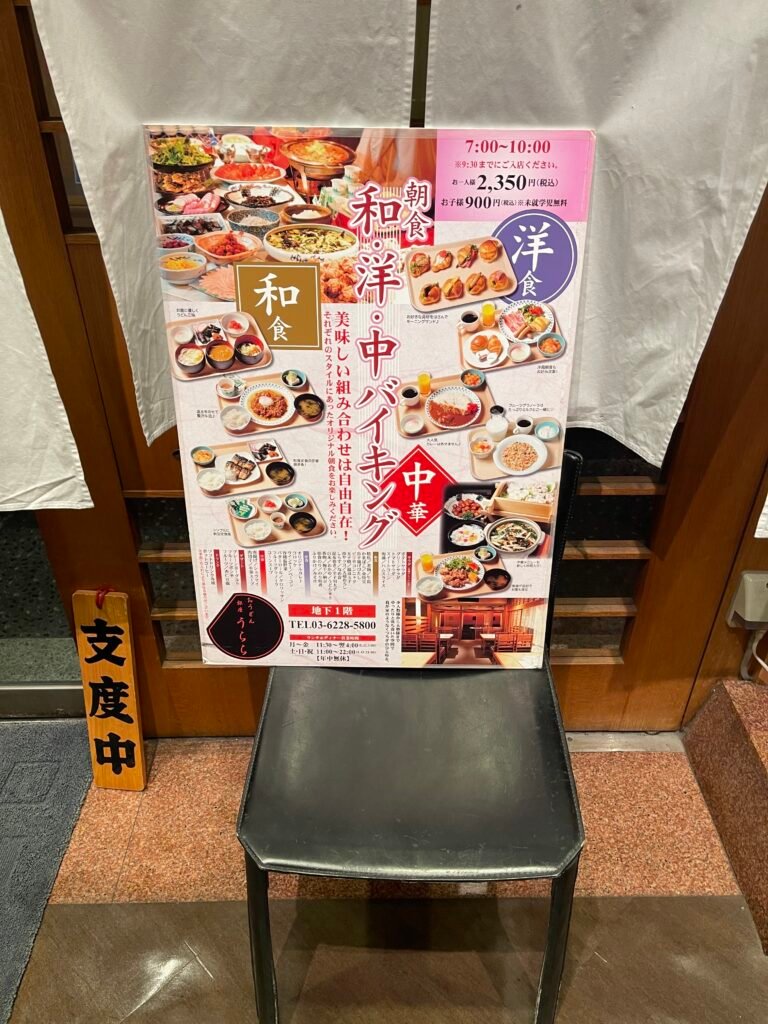

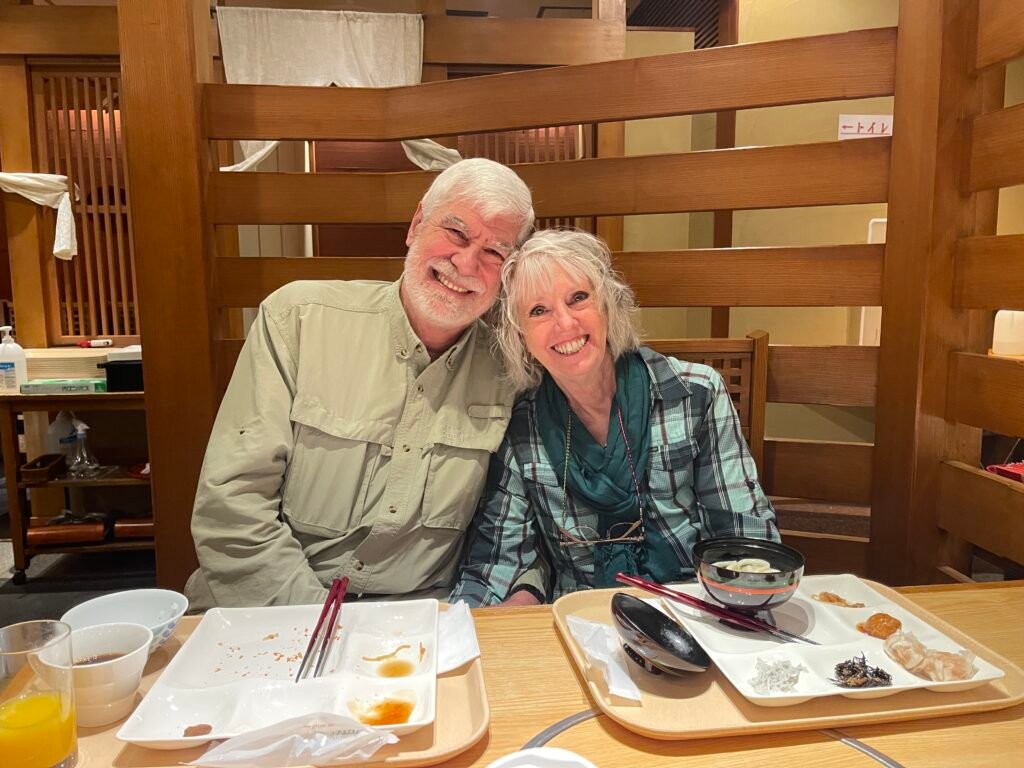

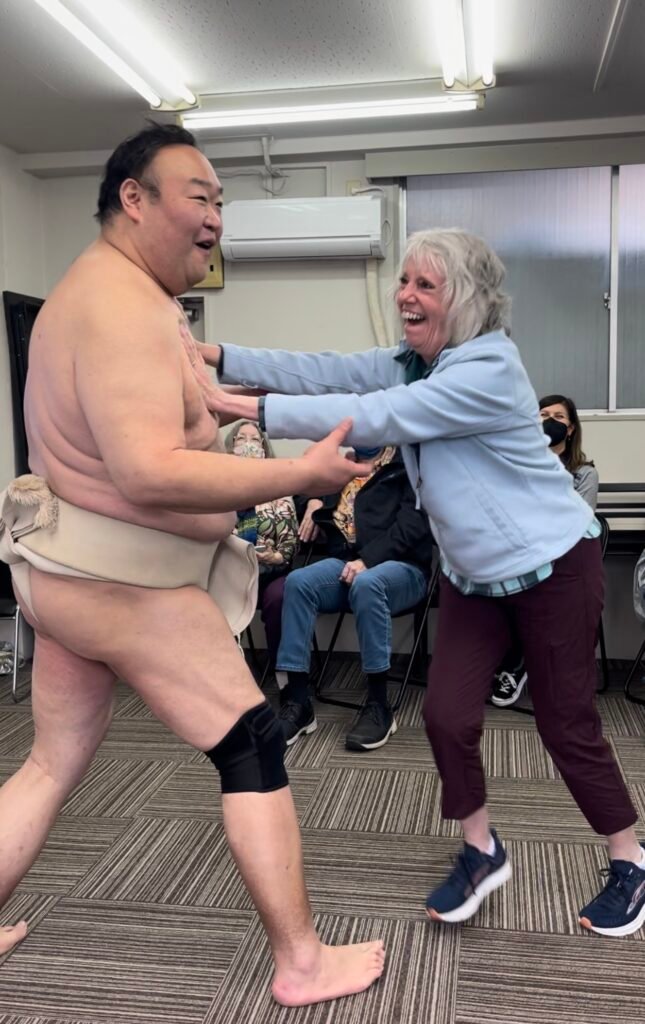
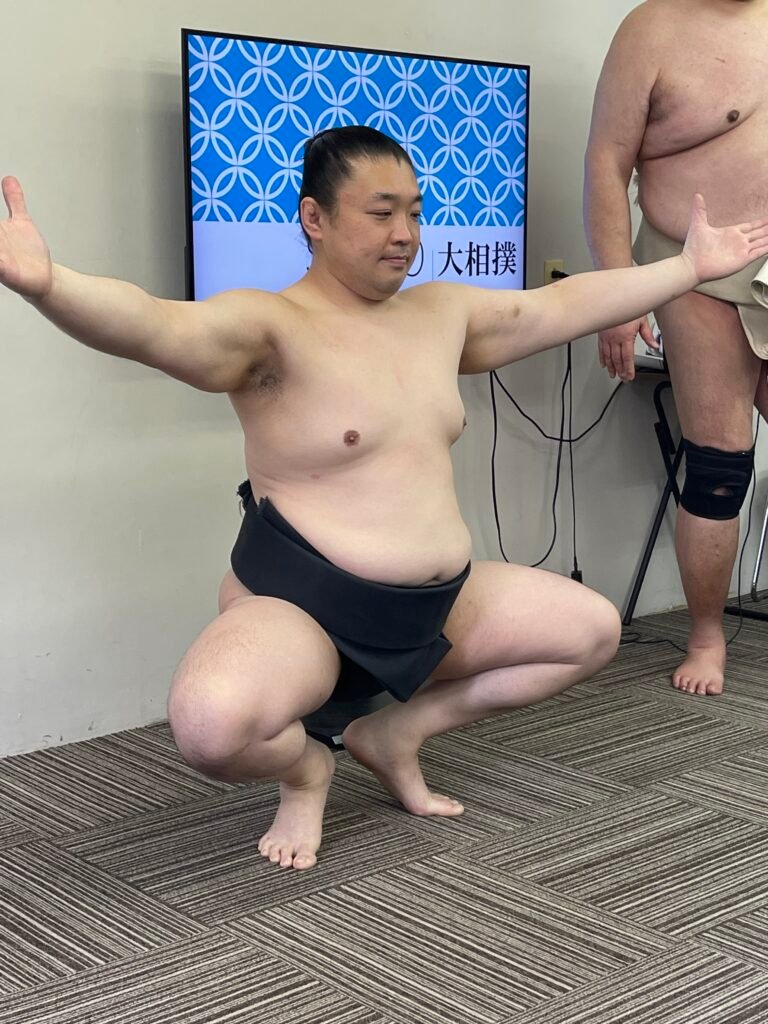



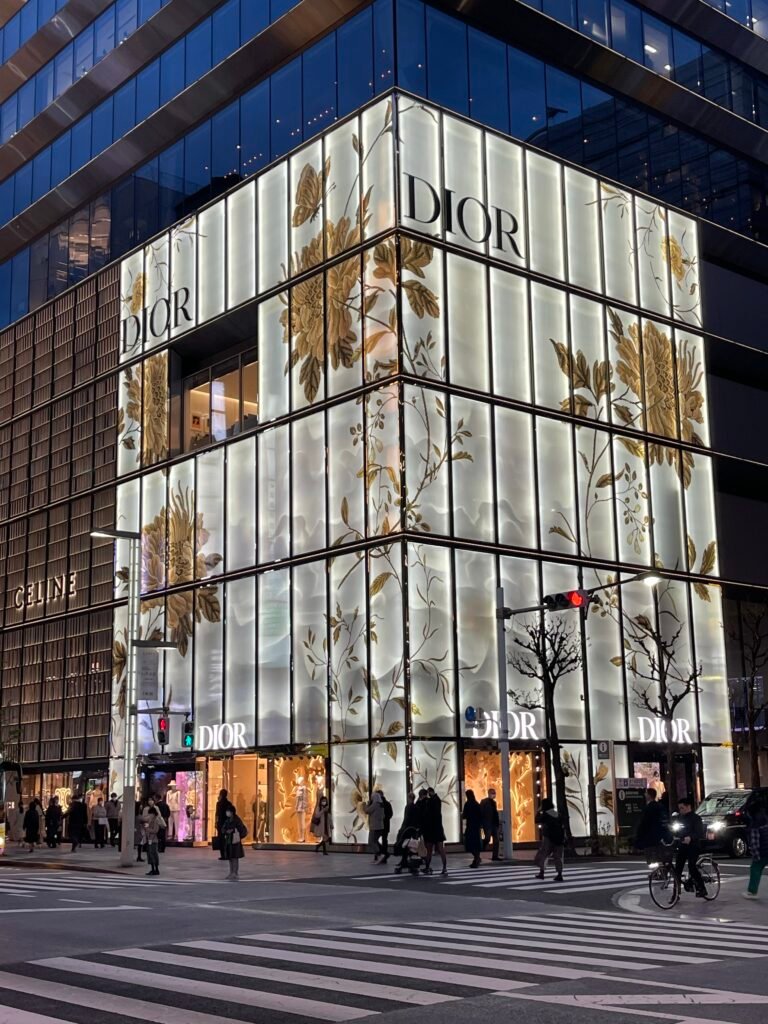
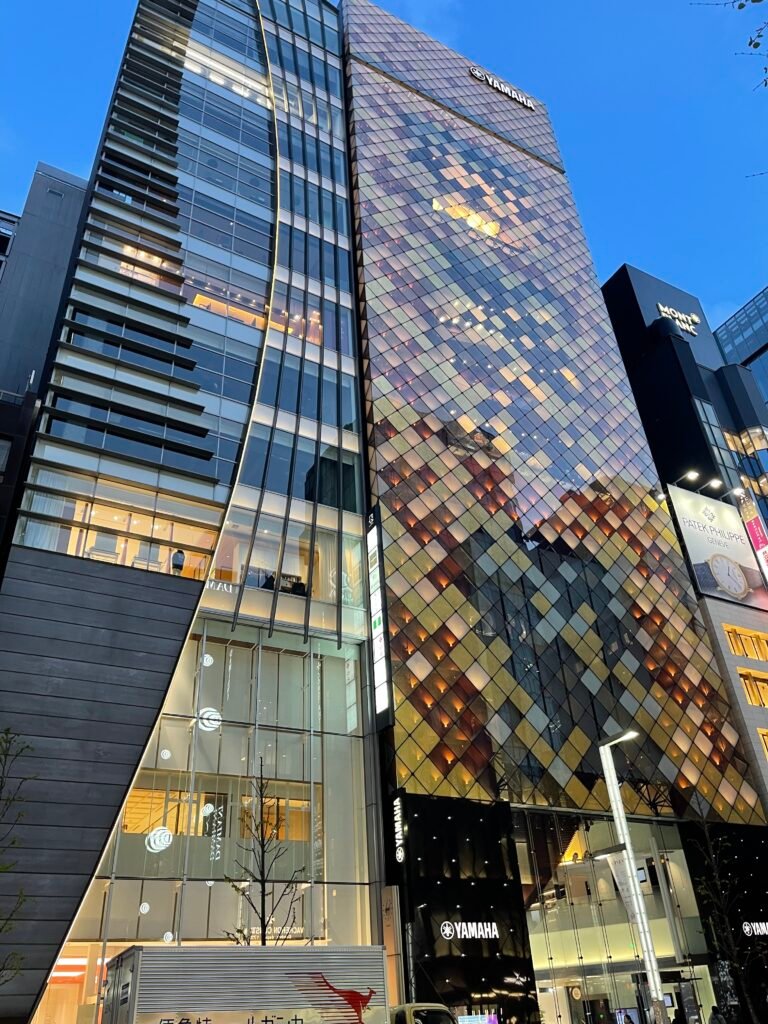
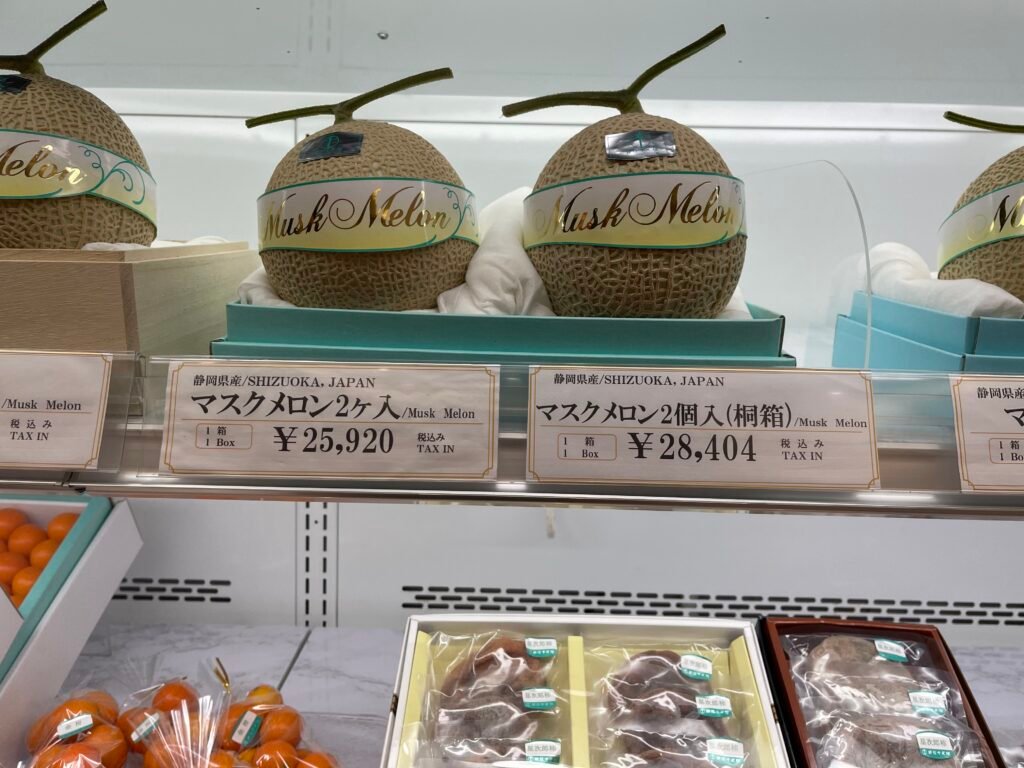

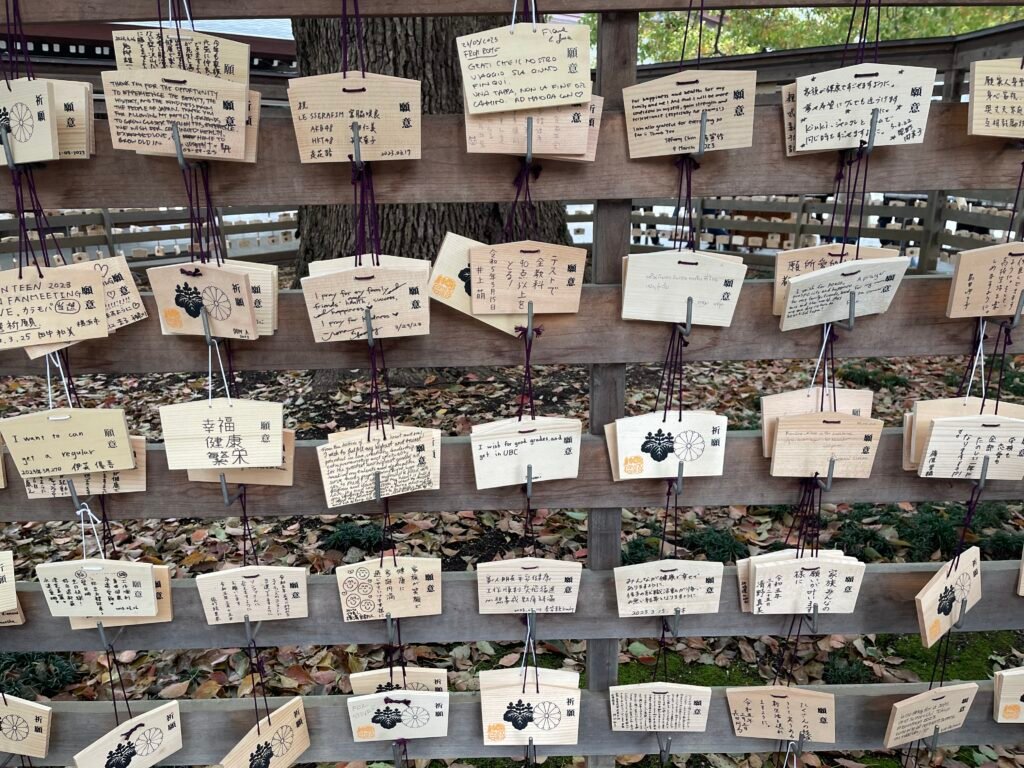
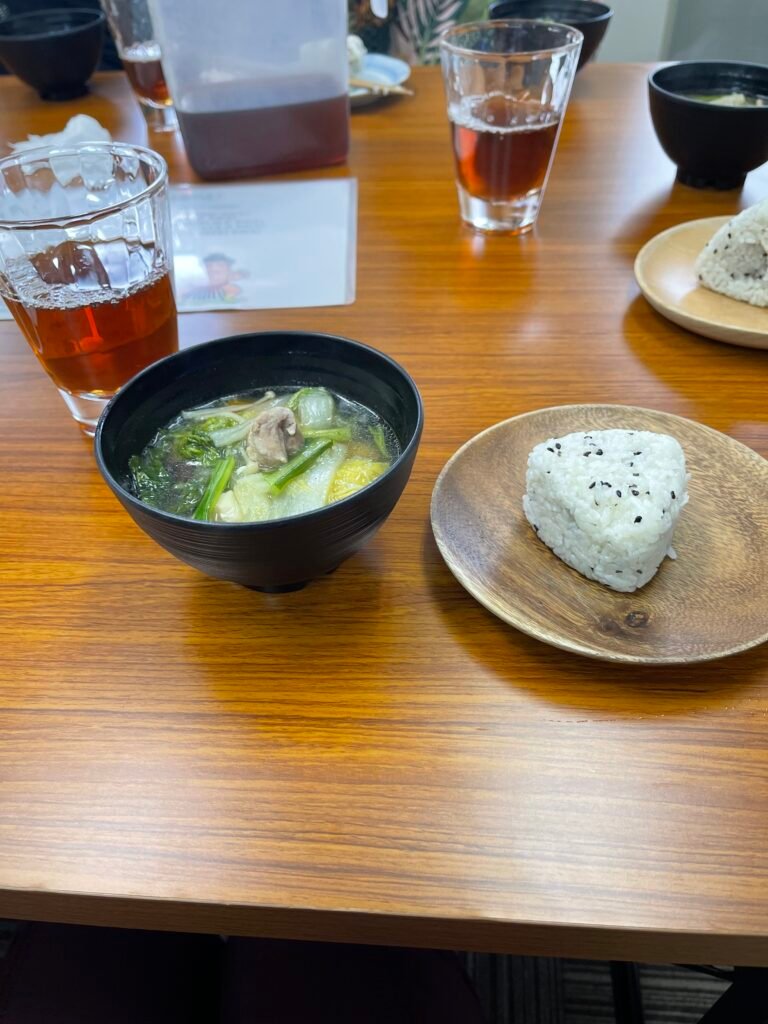
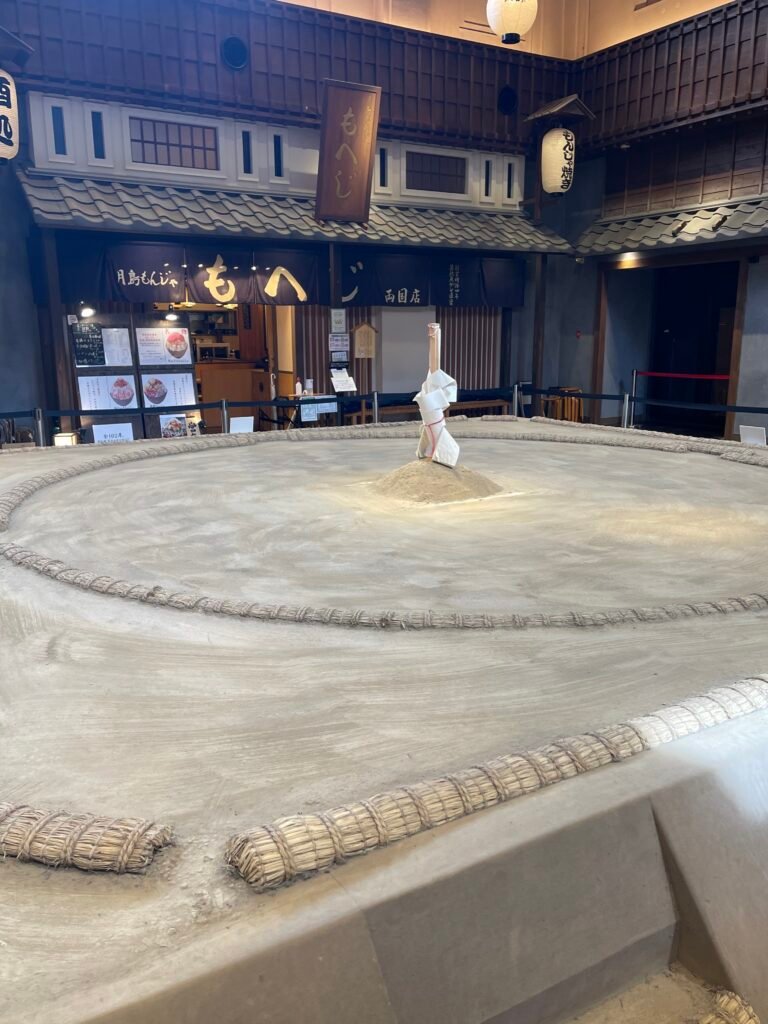
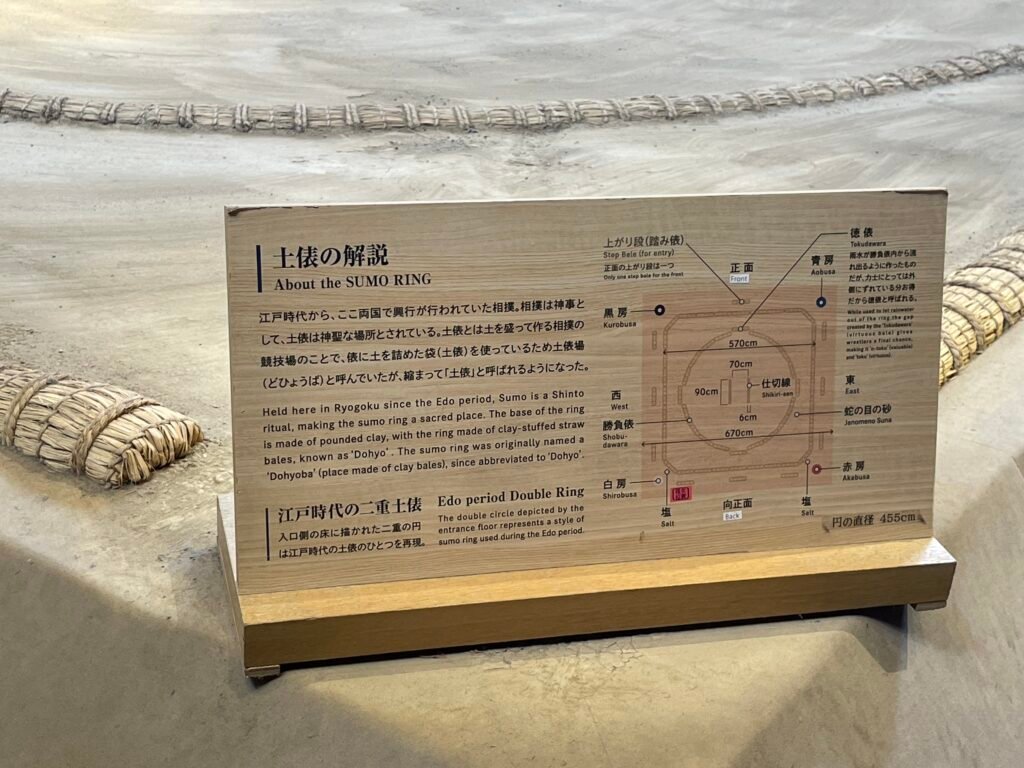
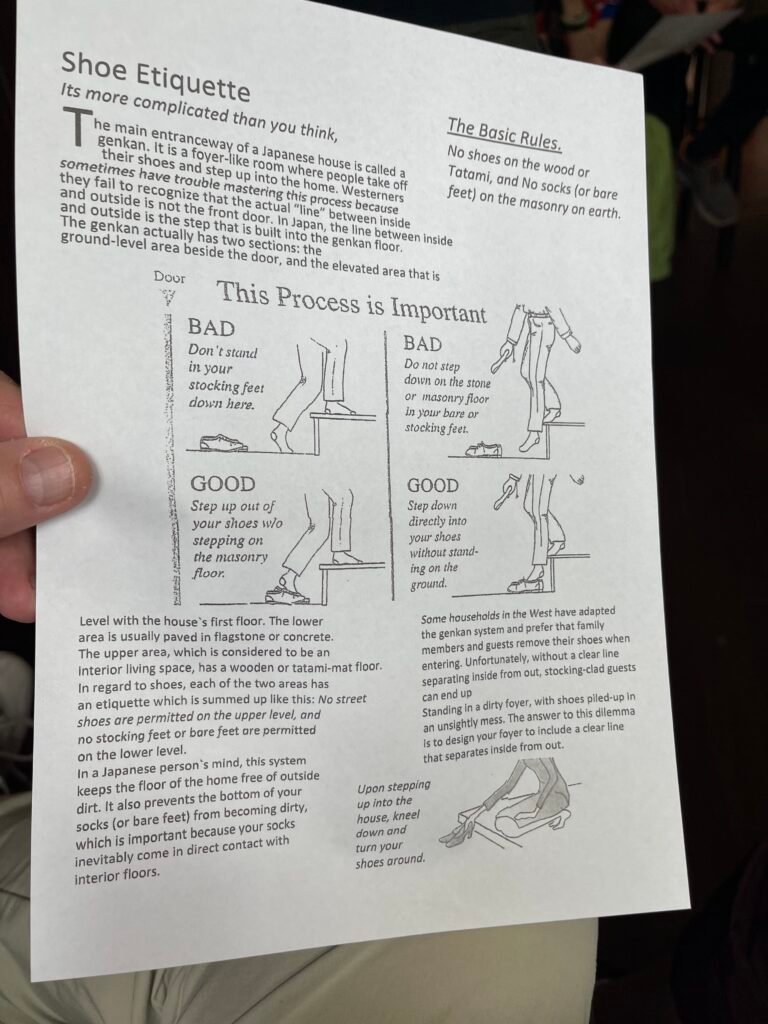

So glad you are enjoying the blog. It’s been an amazing trip!
Irene. Allan This is just fabulous and we are learning a lot! Not as food adventurous as you are, but the Sumo soup did look delicious. Enjoy!!! Enjoy!!!